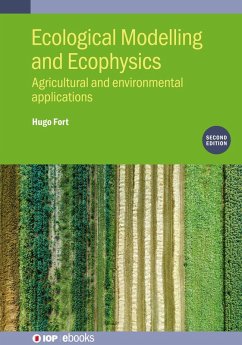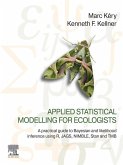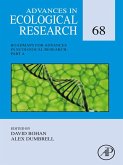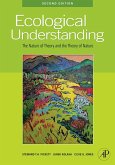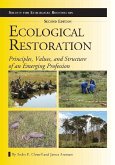The book aims to bridge the gap between conventional ecological modelling and 'Ecophysics', a neologism that stands for approaching ecological and environmental problems using ideas and techniques from physics. Such approach to the involved complex systems has demonstrated it usefulness to enhance our understanding of intrinsically interdisciplinary problems and inform sustainable practices in agriculture, conservation and environmental management. The motivation behind this book is twofold: to enhance comprehension and to bolster our capacity to tackle practical challenges using rigorous quantitative methods. This is why the structure of the book is designed such that each chapter dedicated to methods in community/population ecology is accompanied by an Application chapter, which presents the practical implementation of the discussed methods. A main objective of these latter chapters is to actively involve readers interested in devising tools and strategies to address their own issues. Among the Applications provided, the first two focus on optimizing agricultural production, specifically livestock production and polyculture crops. The other Applications centre around environmental concerns, including the dynamics of tree species in tropical forests, the identification of early warning signals for catastrophic shifts in lakes and the dynamics of Land Use / Land Cover (LULC), i.e. the categorization or classification of human activities and natural elements on the landscape. What unites these diverse problems is their reliance on population dynamics models.
Key Features:
Key Features:
- Focuses on the practical applications of quantitative ecological models
- Practical challenges are drawn from agriculture and environmental science
- Applies methods and theories from physics to gain deeper insight into ecological challenges
- Covers key quantitative models in ecology including niche theory, mutualism, and game theory
- Will be of interest to environmental scientists and biophysicists as well as ecologists
Dieser Download kann aus rechtlichen Gründen nur mit Rechnungsadresse in A, D ausgeliefert werden.

